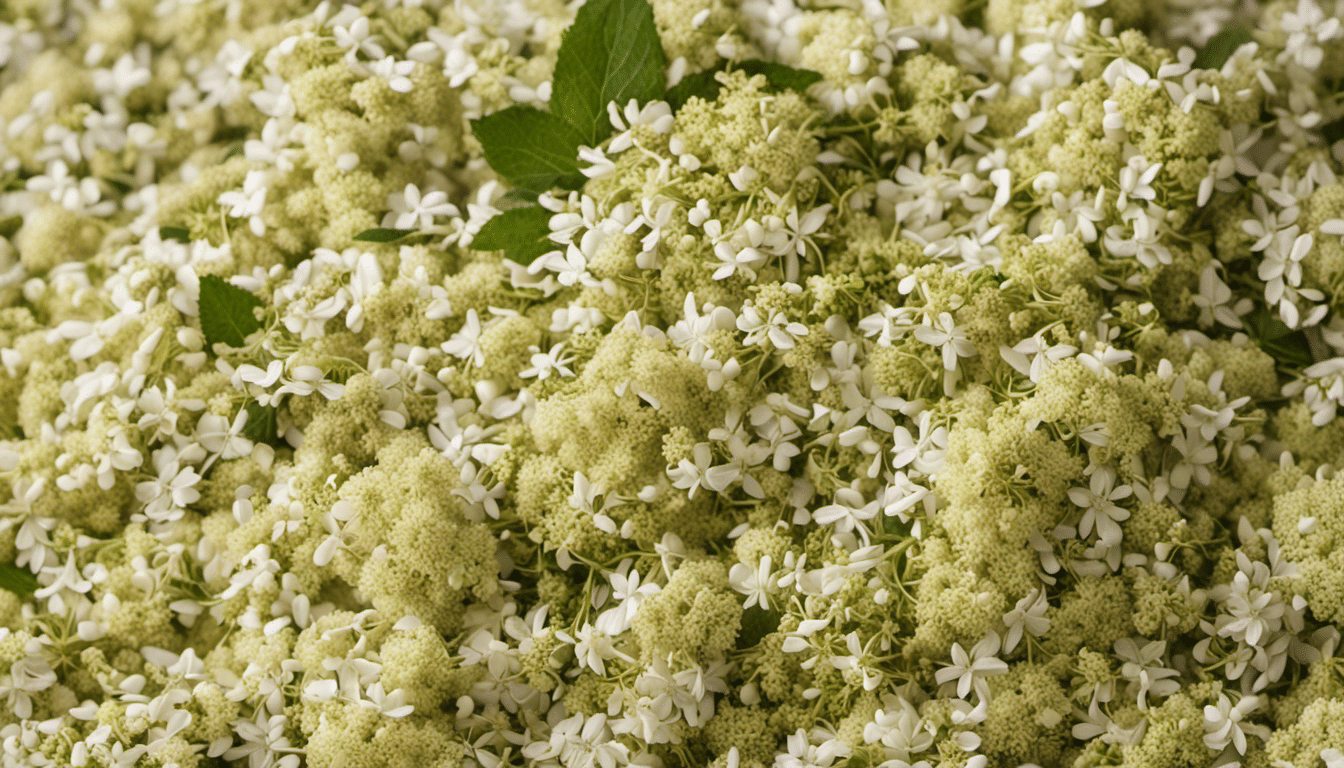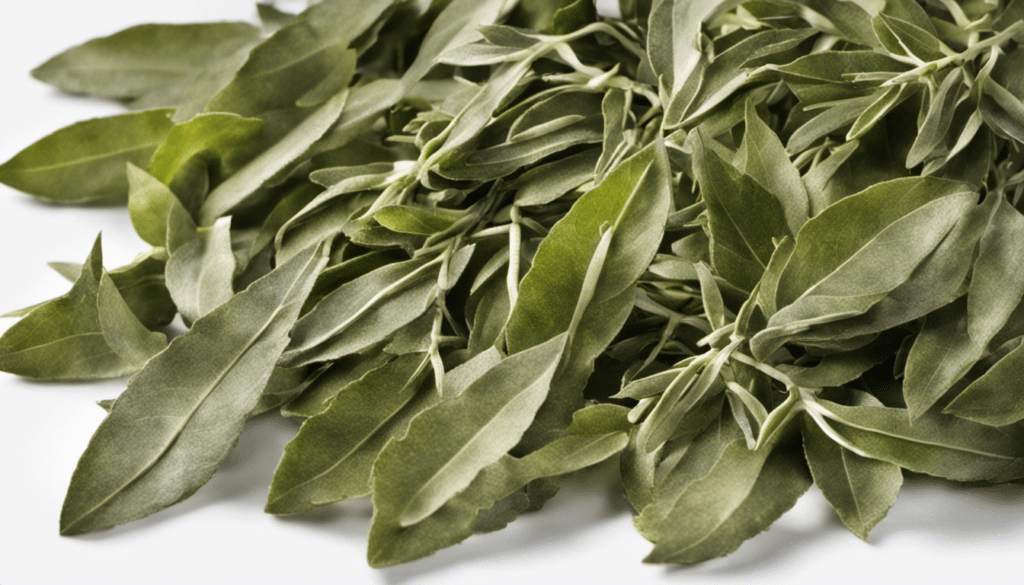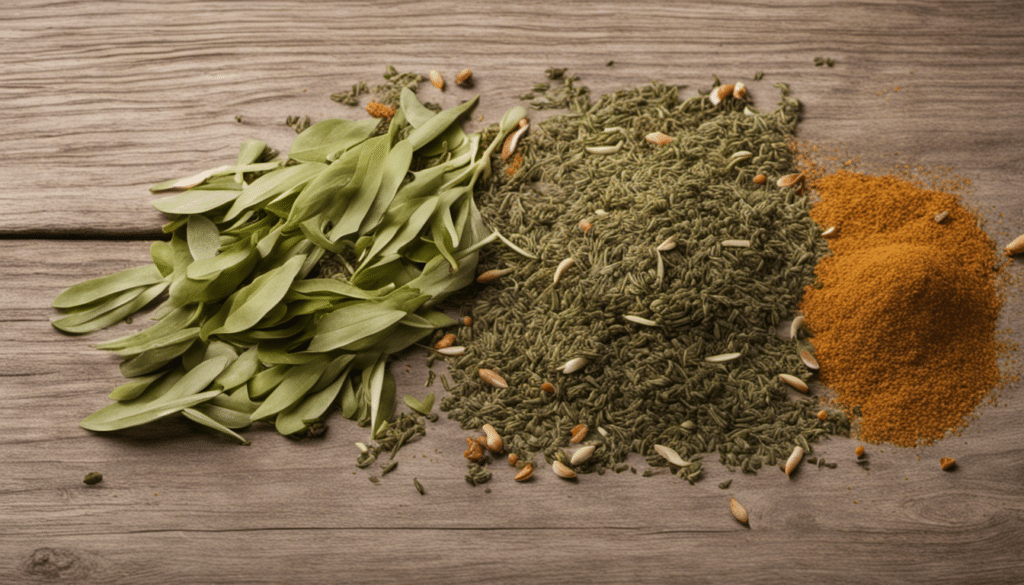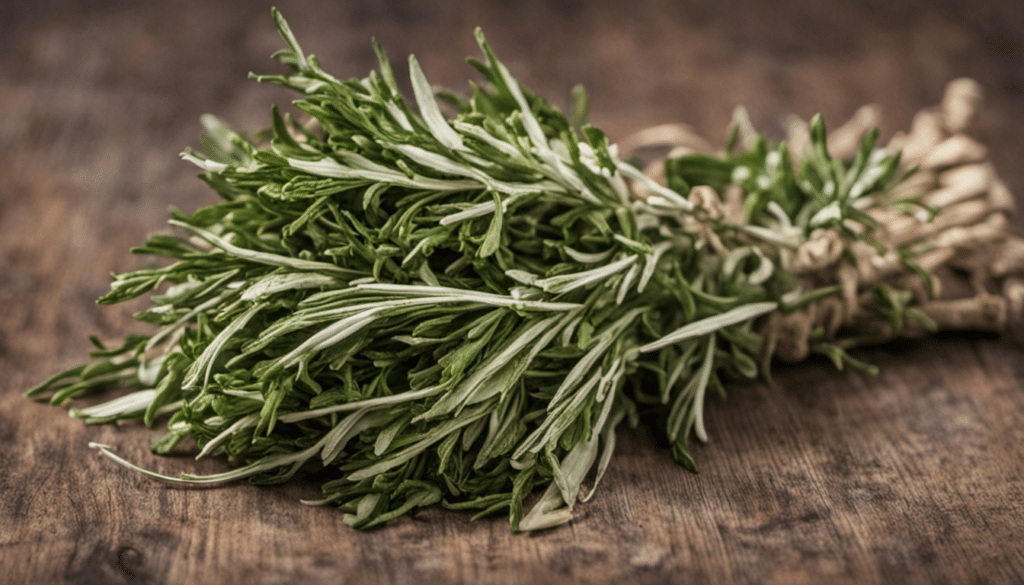Everything You Need to Know About Elderflower
The Origins of Elderflowers
Delicate and aromatic, elderflowers have been part of our culinary and medicinal arsenals for centuries. This valued jewel of nature, botanically known as Sambucus nigra, hails from Europe, North Africa, and Western Asia. Various species of this deciduous shrub have also made their homes in other continents such as North America and Australia.
Whole villages in Europe eagerly await the short elderflower bursting season, as they transform these fragile blossoms into cordials, liquors, and teas. The tiny white flowers clustered on saucer-sized umbrellas are also referred to as elder blooms and elderberry flowers. However, elderflowers and elderberries are not the same; the latter are the deep purple fruits that appear after the flowers.
The Medicinal Power of Elderflowers
Steeped in a rich history of folk medicine, elderflowers have been used over centuries to combat a wide range of ailments. Modern scientific studies affirm the claims of elderflower’s therapeutic properties, giving these flowers the recognition they are due. The World Health Organization lists elderflowers as a source of relief for colds and sinusitis, among other conditions.
Elderflowers are rich in bioflavonoids, most notably anthocyanins which are powerful antioxidants with anti-inflammatory properties. This means consuming elderflowers can help protect against harmful free radicals and mitigate inflammation in the body. With their notable amounts of vitamin C and antiviral properties, elderflowers have been used as a natural remedy for the common cold and flu.
Moreover, elderflowers have a diuretic effect, which can aid in detoxification by helping your body get rid of excess water and toxins. Additionally, elderflowers’ mild laxative effect can assist with digestive discomfort and constipation.
Using Elderflowers in Your Cuisine
With their sweet, musky aroma and subtly floral taste, elderflowers make a charming addition to a variety of dishes. From sparkling Elderflower cordial, a quintessentially British summer beverage, to the French gastronomic delight of Elderflower fritters, these blossoms are a genuine joy to cook with. You can infuse jellies, desserts, and sauces with elderflower, or try your hand at homemade elderflower champagne.
Remember, the art of culinary creation with Elderflowers is sensitive to time. As they bloom only briefly during early summer, make sure to forage these flowers when they’re at their finest. Always choose blossoms that are fresh, creamy white, and rich in fragrance.
Often overlooked as a roadside shrub, the humble elderflower is, in fact, a treasure trove of health benefits, culinary potential, and historical significance. Whether brewed in tea, steeped in syrup, or baked into a pastry, elderflowers are a delicacy well worth exploring.




